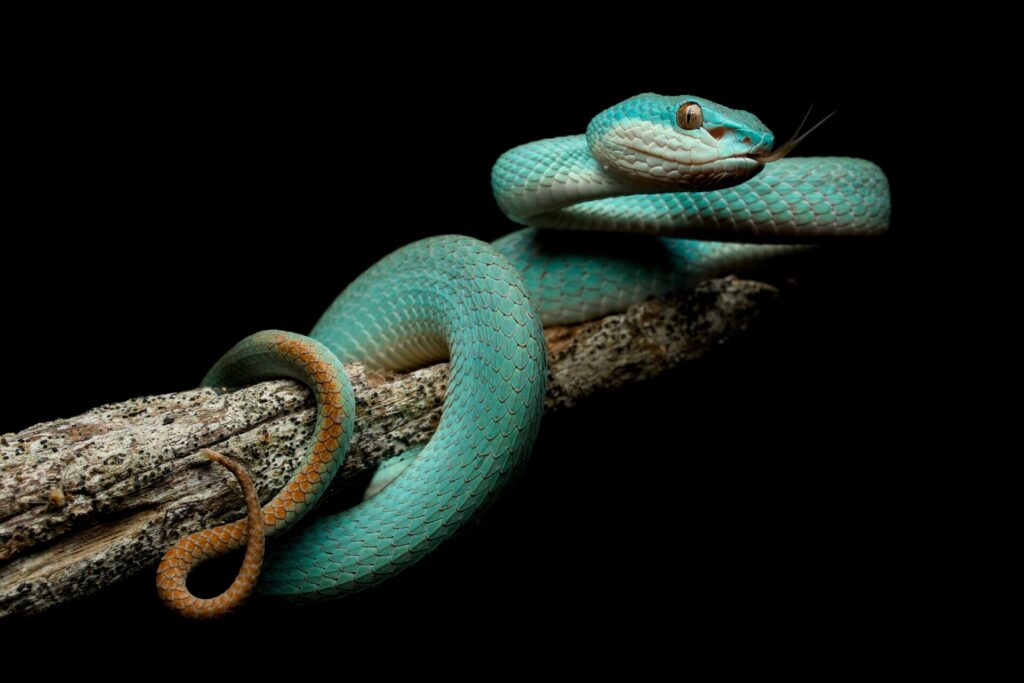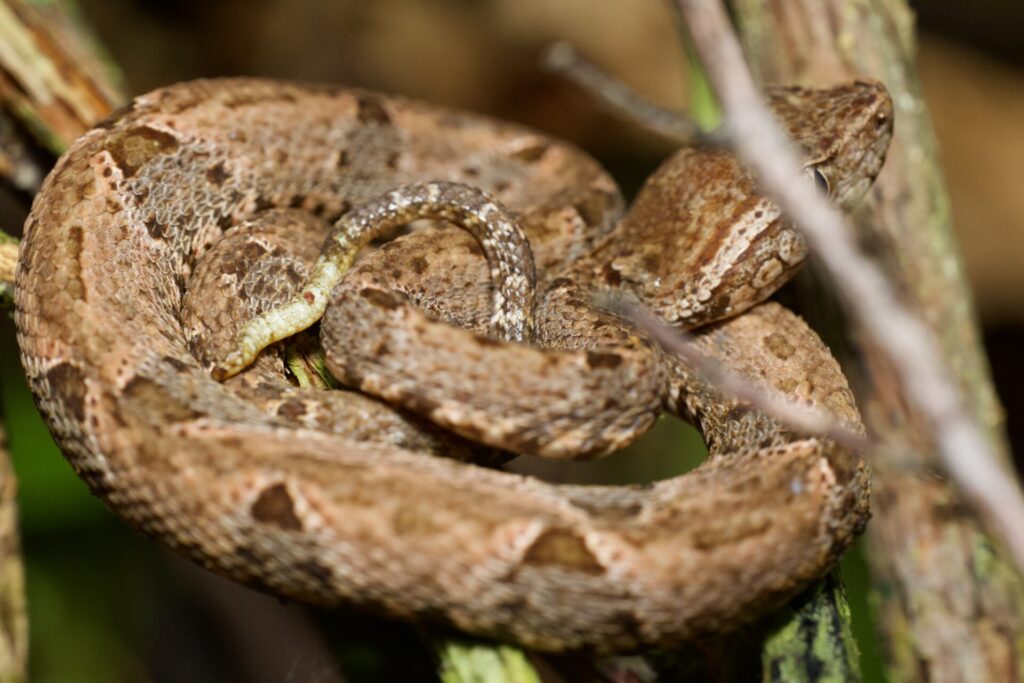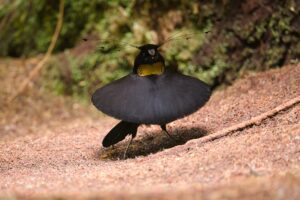
What is Caudal Luring?
Caudal luring is a fascinating behavior in which a snake moves its tail like bait to attract and lure prey. This is a form of aggressive mimicry, where the snake uses part of its own body to trick prey into thinking it’s something edible.
What Prey Does It Attract?
- Worm-like tails lure lizards close enough for the snake to strike.
- Spider-like tails attract birds.
- Some species are even thought to lure small mammals such as mice.
To improve their hunting success, snakes using caudal luring often have tails adapted with red tips or shapes resembling spiders.


Why is Caudal Luring Effective?
This technique is highly effective for ambush predators. By attracting prey with its tail, a snake can catch food without moving, conserving energy. The tail’s color and movement make it more noticeable, increasing hunting success.
Challenges and Evolutionary Background
- Behavioral ambiguity: Tail movements can also signal defense or mating, so not every tail wiggle is caudal luring.
- Some scientists suggest a link to the evolution of rattlesnake rattles, where ancestral snakes may have used tail movements to lure prey before evolving warning sounds.

Conclusion
Observing caudal luring in the wild is rare, but understanding this behavior enhances wildlife observation. Nature’s ingenuity, from tail-wiggling lizards to spider-mimicking tails, demonstrates the clever strategies predators use to survive.
Here’s a video of the classic caudal luring species, the spider-tailed horned viper, demonstrating this incredible hunting technique.









